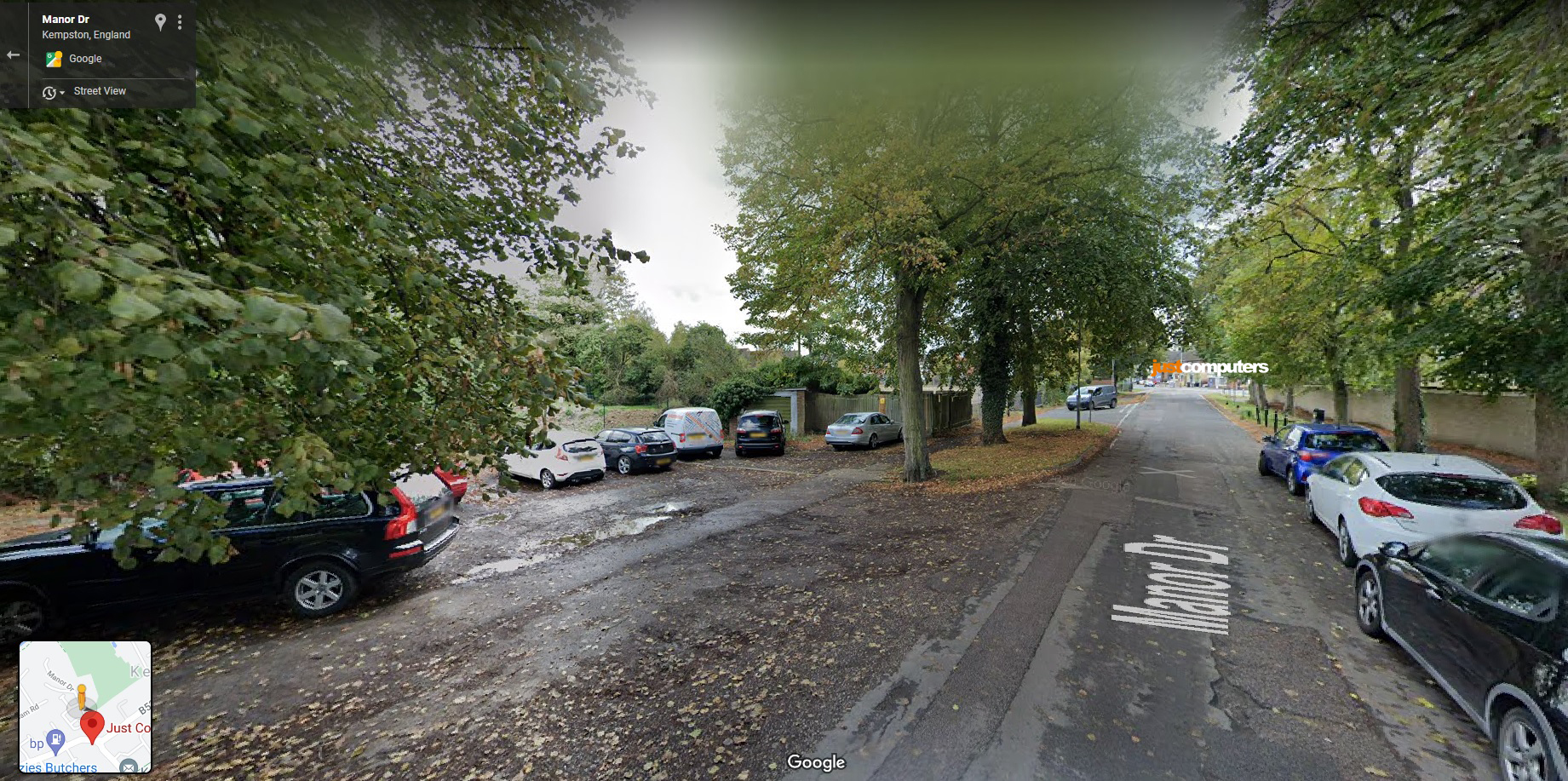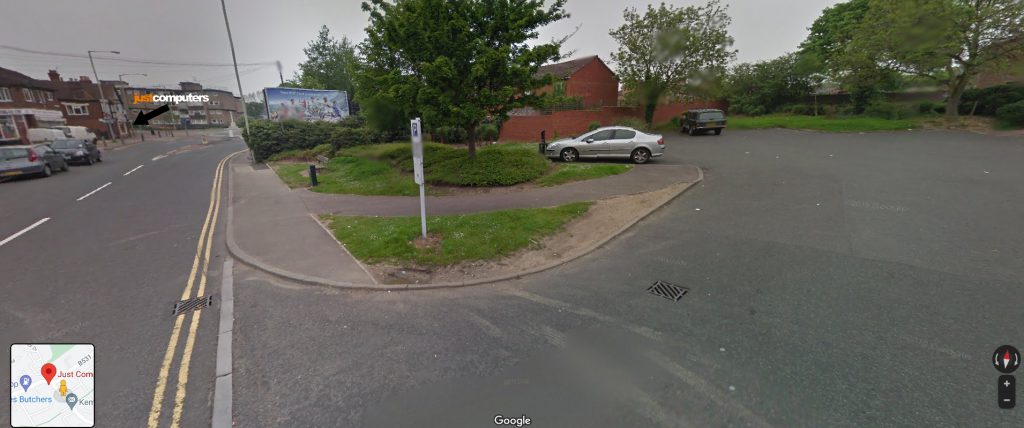
Electric roads that wirelessly charge vehicles as they drive are now moving beyond demonstration and into real-world use, offering a glimpse of a transport future with fewer cables, faster charging, and lighter electric vehicles.
Global Trials Are Shaping the Next Phase of EV Infrastructure
Mainly based in the US at present, from city buses in California to delivery vans in Detroit and with motorway freight trials in Europe, it looks as though the rollout of wireless charging roads is picking up pace. This means that the technology is no longer confined to lab tests or closed tracks but is now actually being trialled on public roads, backed by major vehicle manufacturers and public infrastructure funds. For UK businesses and councils planning for large-scale EV adoption, the rapid global progress could offer valuable lessons, and a possible roadmap for future deployment.
Momentum
Electreon, the Israeli firm behind many of these pilots, says the momentum is beginning to shift. “We’re excited to demonstrate how Electreon’s technology can optimise electric fleet usage,” said Stefan Tongur, Vice President of Business Development. “This is about minimising downtime and enabling charging across time and location.”
How Do Wireless Electric Roads Work?
Wireless electric roads use inductive charging which is the same basic technology behind cordless phone chargers. Coils are embedded just below the road surface and connected to the electricity grid. When an electric vehicle with the right equipment passes over them, energy is transferred via a magnetic field to the vehicle’s battery.
The road segments activate only when authorised vehicles are detected, making the system both energy-efficient and safe. For this system to work, vehicles need a receiver mounted underneath to benefit from the charging. Power is managed in real time via a cloud-based platform that adjusts energy flow, tracks vehicle usage and allows for remote diagnostics.
Why This Could Help the Shift to EVs
For many drivers, range anxiety and charging delays are still barriers to switching to electric vehicles. The big plus point about wireless charging roads is that they offer a way to charge en route, thereby potentially removing the need for large battery packs and long charging stops.
For example, a delivery van or taxi could gain a top-up charge while waiting at traffic lights, at taxi ranks, or while driving between stops. This not only cuts downtime but could allow vehicle manufacturers to reduce battery size, lowering both emissions and cost.
Also, by flattening peak demand on the electricity grid and spreading charging throughout the day, the system could also support wider grid resilience. For countries like the UK, where both EV uptake and grid demand are rising sharply, this aspect has particular relevance.
Projects Taking Shape Around the World
Several real-world projects are already showing how the technology works.
In Detroit, Michigan, a quarter-mile stretch of 14th Street became the first public wireless charging road in the US. It’s now being expanded with support from the Michigan Department of Transportation and industry partners including Ford and UPS. The site also supports wireless overnight charging at a UPS depot, demonstrating how dynamic and static charging can work together.
In California, UCLA is deploying the same technology to electrify its BruinBus fleet ahead of the 2028 Olympics. Wireless charging coils are being embedded along a key campus route and at a new transit hub shared with other operators.
In Europe, Sweden, France and Germany are leading efforts. A 2 km test route on France’s A10 motorway is due to support up to 200 kW of charging for trucks. Sweden’s longer-term national ambitions have been scaled back due to cost, but smaller pilots continue, such as a 1.65 km stretch on Gotland. Germany is evaluating inductive charging alongside overhead cable systems on its Autobahn network.
Could This Work in the UK?
While the UK is not currently hosting any wireless electric road pilots, the concept has started to gain attention among infrastructure planners and local authorities. As the government aims to end the sale of new petrol and diesel vehicles by 2035, new approaches to charging infrastructure are being explored.
Back in 2015, the UK Department for Transport signalled early interest in the concept. “The potential to recharge low emission vehicles on the move offers exciting possibilities,” said then-Transport Minister Andrew Jones. “The government is already committing £500 million over the next five years to keep Britain at the forefront of this technology.”
Wireless roads could actually prove particularly relevant for UK cities with high taxi, bus and delivery van traffic. For example, wireless coils at taxi ranks outside Heathrow or in central London could support low-emissions targets while reducing visual clutter from charge points.
There may also be opportunities to integrate the technology into depot environments or council-run fleet hubs, such as bin lorry depots or local bus garages, where predictable daily routes and return-to-base schedules make charging efficiency critical.
For rural businesses operating in harder-to-reach locations, dynamic charging roads along key A-roads could one day reduce reliance on sparse rapid chargers. Although costs remain a barrier, strategic deployment in the UK’s most used corridors could be a viable starting point.
Who’s Leading the Charge?
The leading technology developer in this space is Electreon, an Israeli firm with active trials in the US, Germany, France, Italy, Norway and Israel. The company has built partnerships with major automakers including Toyota, Ford, BMW and Stellantis, and is now working on both aftermarket retrofit kits and built-in vehicle charging systems.
Electreon also provides what it calls Charging-as-a-Service, allowing fleet operators to pay a subscription rather than build and own the infrastructure. This could become an attractive model for UK bus companies or logistics firms looking to upgrade to electric without massive capital expenditure.
According to Electreon, the system is designed to integrate smoothly into daily fleet operations. “Our wireless charging solution enables vehicles to charge throughout the operational day, minimising downtime and reducing the need for large battery packs,” said Stefan Tongur, the company’s Vice President of Business Development.
Other players include Hevo Power and Witricity, both of which are working on wireless charging hardware and standards. SAE’s J2954 standard (and the upcoming J2954/2 for trucks) is helping to create consistency across vehicle manufacturers and infrastructure developers.
Benefits for Fleets, Cities and the Environment
Wireless charging is best suited to vehicles with regular, predictable routes e.g., city buses, last-mile delivery vans, taxis, or refuse trucks. These are also the vehicle types that make up a large portion of urban emissions.
For example, by enabling smaller batteries and constant top-up charging, electric bin lorries in London or Manchester could stay on the road longer without needing depot downtime. This helps both emissions goals and operational efficiency.
In logistics, charging vehicles while they load or unload could reduce idle time. In public transport, bus services could stay electric and reliable even in areas without large depot charging capacity.
On a broader scale, widespread wireless infrastructure could enable manufacturers to offer lighter, more efficient EVs at lower cost, thereby removing another barrier to adoption.
What’s Holding the Technology Back?
Despite the enthusiasm, wireless roads are expensive to build. In Detroit, for example, costs have been reported at nearly $2 million per mile. Indiana’s high-power truck corridor is costing around $11 million per quarter-mile.
Installation can also raise maintenance challenges. In-road coils may affect road resurfacing schedules, and some test sites have seen overheating or pavement cracking under certain traffic loads.
Vehicle compatibility is another hurdle. For example, most EVs on the road today do not support wireless charging, and while retrofitting is possible, it adds complexity and cost. Until OEMs begin including wireless receivers as standard, usage will remain limited.
There are also practical constraints on where the technology should be deployed. For example, experts agree that not every road needs to be electrified and targeted placement along high-use routes or fleet corridors currently is seen as the most efficient approach.
Still Niche, But Moving Fast
Wireless electric roads are not about replacing every plug-in charger. Instead, they represent a smart, strategic solution for the vehicles and locations that need it most. With UK councils under pressure to cut fleet emissions, and operators seeking more efficient ways to electrify, this evolving technology could soon be part of the answer.
What Does This Mean For Your Organisation?
At the moment, it looks as though wireless charging roads are unlikely to become the default for every vehicle or every mile of tarmac, but the idea offers an opportunity to improve the way key vehicles are powered and operated. For example, for commercial fleets, delivery vans, buses and urban taxis, the ability to charge without stopping could drive real gains in efficiency, availability and emissions reduction. These are use cases where the business model already makes sense and the benefits are most immediate.
For UK businesses, particularly those with depot-based or high-frequency urban fleets, this could offer a way to cut costs without investing in large-scale grid upgrades or building out conventional charging infrastructure. The reduced need for larger batteries may also help ease supply chain pressures and allow for lighter, cheaper vehicles that are better suited to city environments. In areas where charging infrastructure is hard to install or already oversubscribed, such as busy city centres or constrained industrial estates, wireless charging could prove especially useful.
The same applies to public sector stakeholders. Local authorities managing refuse trucks, park maintenance fleets or public transport services could use this technology to meet emissions targets more easily while streamlining day-to-day operations. Where councils are upgrading road surfaces or building new transit infrastructure, wireless charging could be built in from the start.
For now, however, the barriers are still significant. Cost, standardisation and vehicle compatibility continue to limit broader rollout. That said, progress is clearly accelerating. As vehicle manufacturers begin to integrate wireless receivers as standard, and more cities commit to zero-emissions transport goals, the conditions for uptake will become increasingly favourable. While not a silver bullet, wireless charging roads are emerging as a credible and focused part of the wider shift towards sustainable transport.




